While we explored the Hunsrück High Forest on our last trip to Saarland, this summer we headed to the southeastern part of the state, to the Bliesgau Biosphere Reserve. This unique protected area, recognized by UNESCO since 2009, impresses with its rolling hills, species-rich orchards, and historic beech forests.
On our 3-day exploration tour, we explored various regions of the biosphere reserve and brought you some really cool tips. In the following article, we’ll reveal our 7 top highlights and what else you can experience there. Have fun browsing!
- Overview of the Bliesgau Biosphere Reserve
- Tip 1: Canoe tour on the Blies
- Tip 2: “Kirkeler Tafeltour” hike
- Tip 3: Tour of Blieskastel
- Tip 4: Safari feeling in the Beeden Biosphere Reserve
- Tip 5: Cycling on the Adebar cycle path
- Tip 6: Bliesgau Glamping Resort
- Tip 7: Schlossberg caves of Homburg
- Further activities in the Bliesgau Biosphere Reserve
- Restaurants & Cafés
- Saarland Card
- Conclusion
Overview of the Bliesgau Biosphere Reserve
The UNESCO Bliesgau Biosphere Reserve in Saarland, directly on the border with France and Rhineland-Palatinate, extends over 360 km² and impresses with its dense forests, extensive orchards and species-rich floodplain landscapes. The reserve is named after the Blies River, which flows through the gently rolling region.
Thanks to its diverse habitats, the biosphere reserve provides a home for numerous rare animal and plant species, such as the endangered little owl and the golden fritillary. It not only protects regional biodiversity but also exemplifies successful environmental and nature conservation.
Which brings us directly to the next topic. Saarland attaches great importance to sustainable tourism and won the 2025/2025 Federal Competition for Sustainable Tourism Destinations in Germany. The Bliesgau Biosphere Reserve prevailed over Saxon Switzerland and the Allgäu.
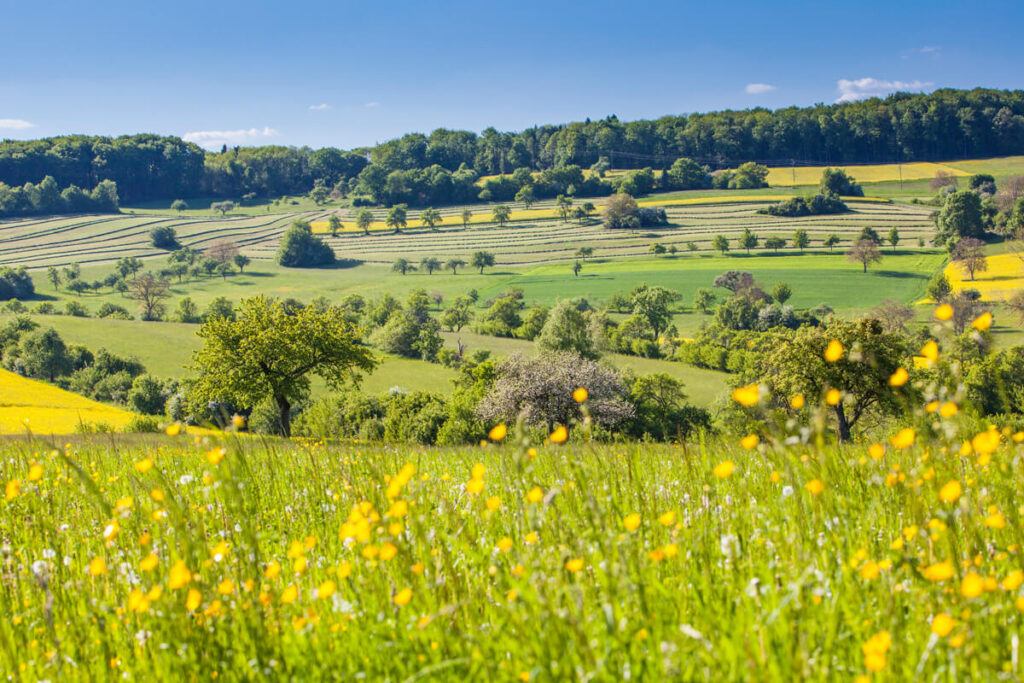
Tip 1: Canoe Tour on the Blies River
If you’re planning a trip to the Bliesgau Biosphere Reserve, a canoe tour on the Blies River is a must. The Blies River is around 100 km long and winds its way south from the north of Saarland to Sarreguemines, where it flows into the Saar. In the south of Saarland, the Blies River forms the natural border between Germany and France.
We took a 2-hour canoe tour on the Blies River, paddling from Bliesbruck (France) to Habkirchen (Germany). Along the way, we saw not only herons and beavers, but also beautiful kingfishers. binoculars are a must! During the tour, we paused several times to enjoy the soothing silence and solitude.
We were provided with a canoe, paddles, life jackets, and a waterproof packing barrel by the provider Aventura. Since we’ve been canoeing several times before, canoeing wasn’t a problem for us. If you’re inexperienced, we recommend a guided tour. We drove the car to the destination and then returned to the starting point with the guide. This transfer service is included.
You can find canoe tours and offers here:
- Aventura Bliesgau
- Saar-Pfalz-Touristik
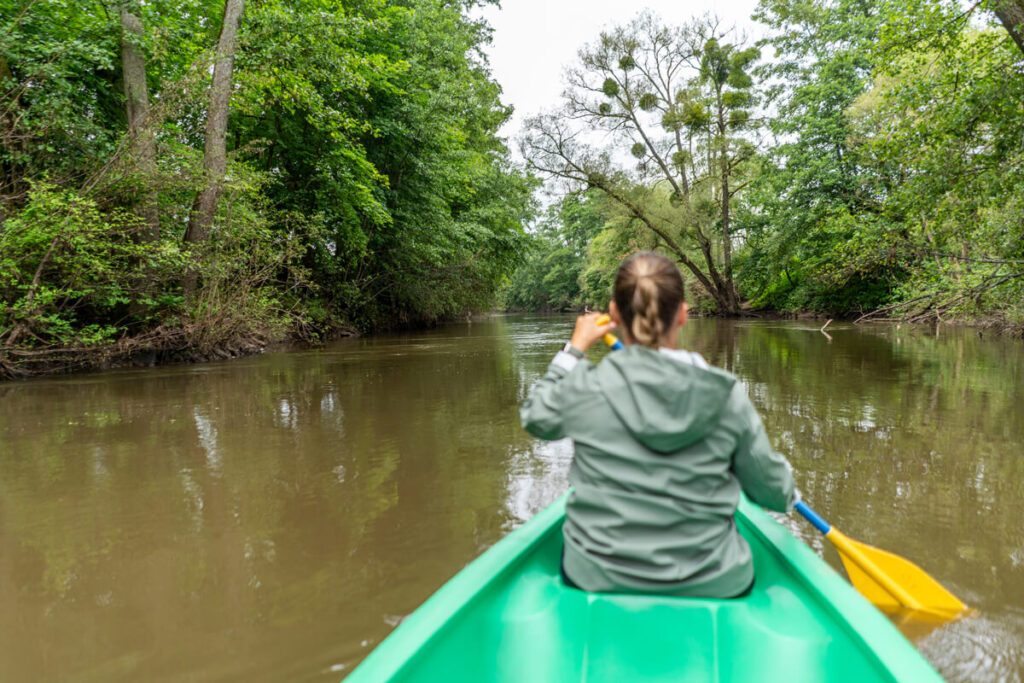
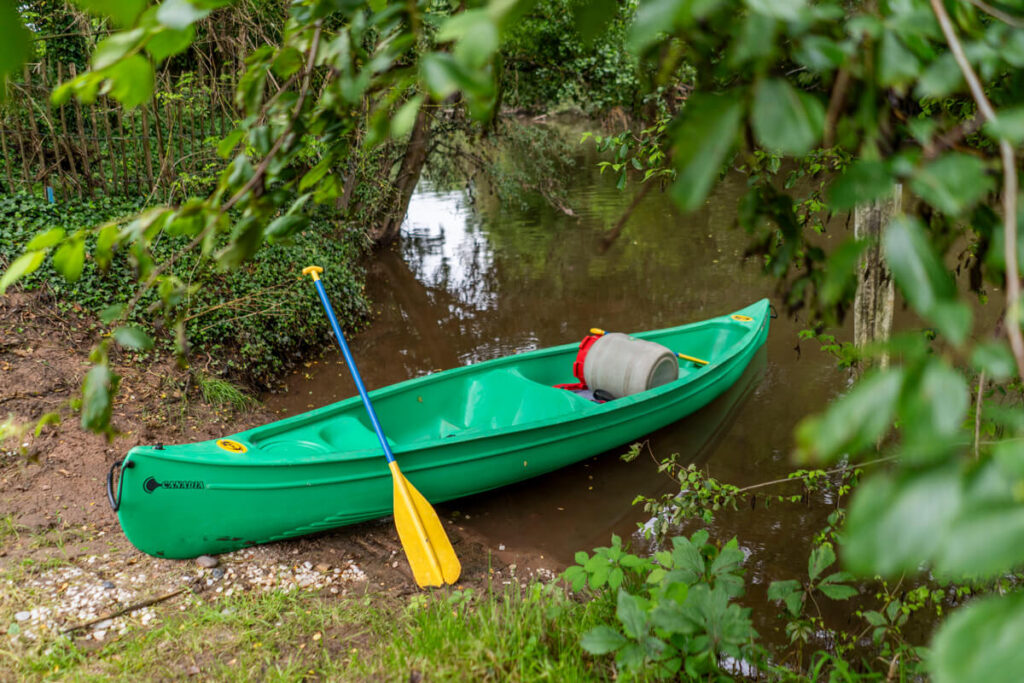
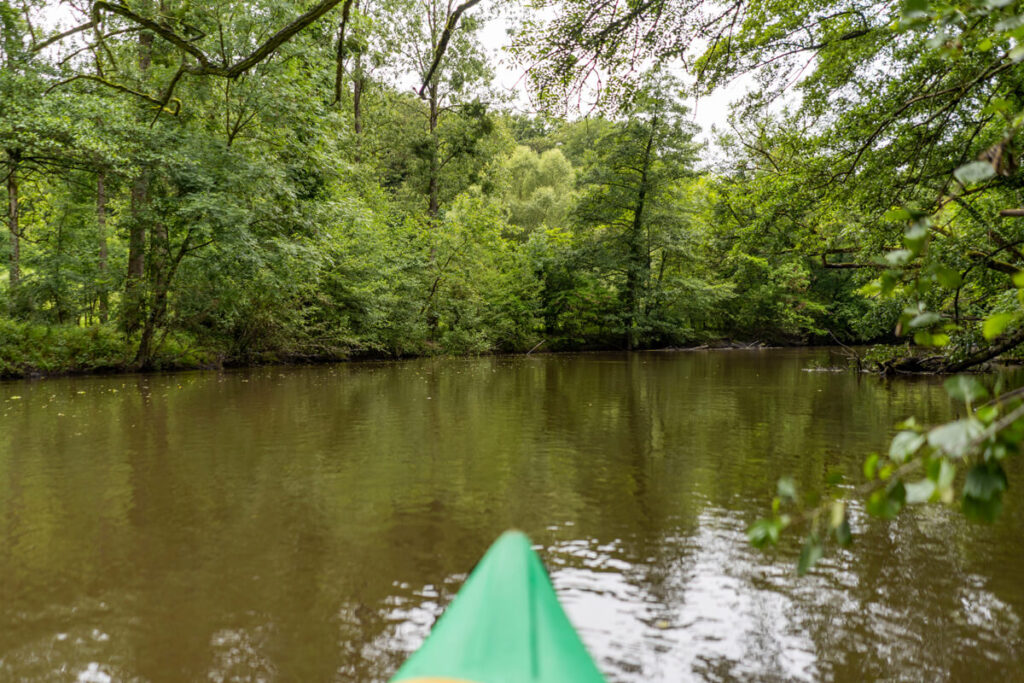
Tip 2: “Kirkeler Tafeltour” hike
Another highlight in the Bliesgau Biosphere Reserve in Saarland is the Kirkeler Tafeltour”. The almost 8.7-kilometer hike led us through one of the largest forest areas in Saarland. For most of the hike, it was over soft, natural forest floor. Nevertheless, we had to be a bit careful, as roots occasionally penetrated the ground.
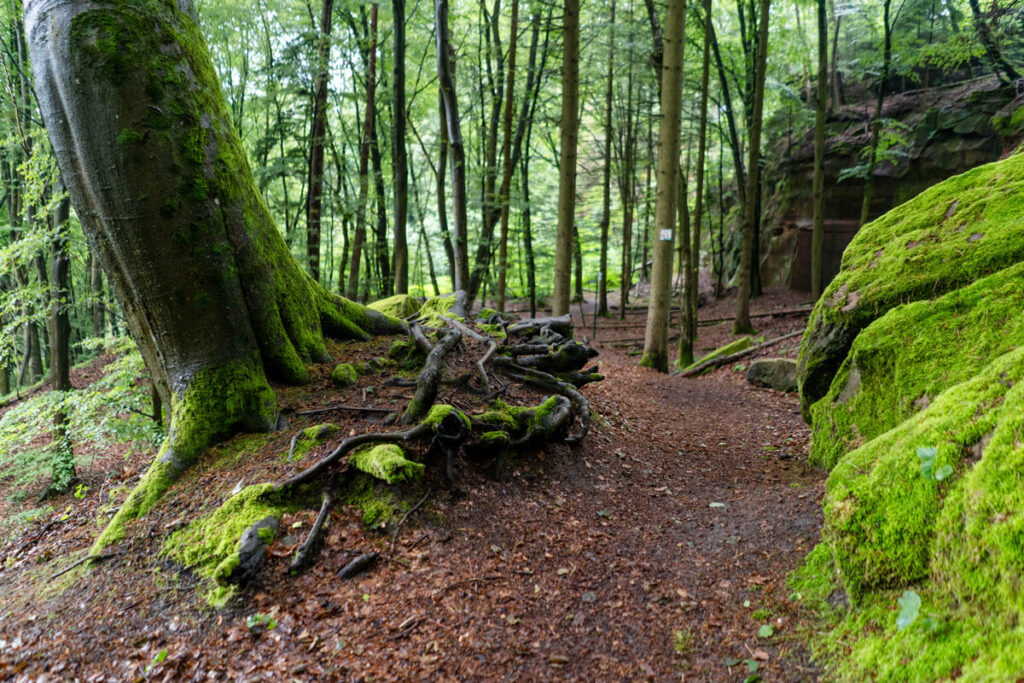
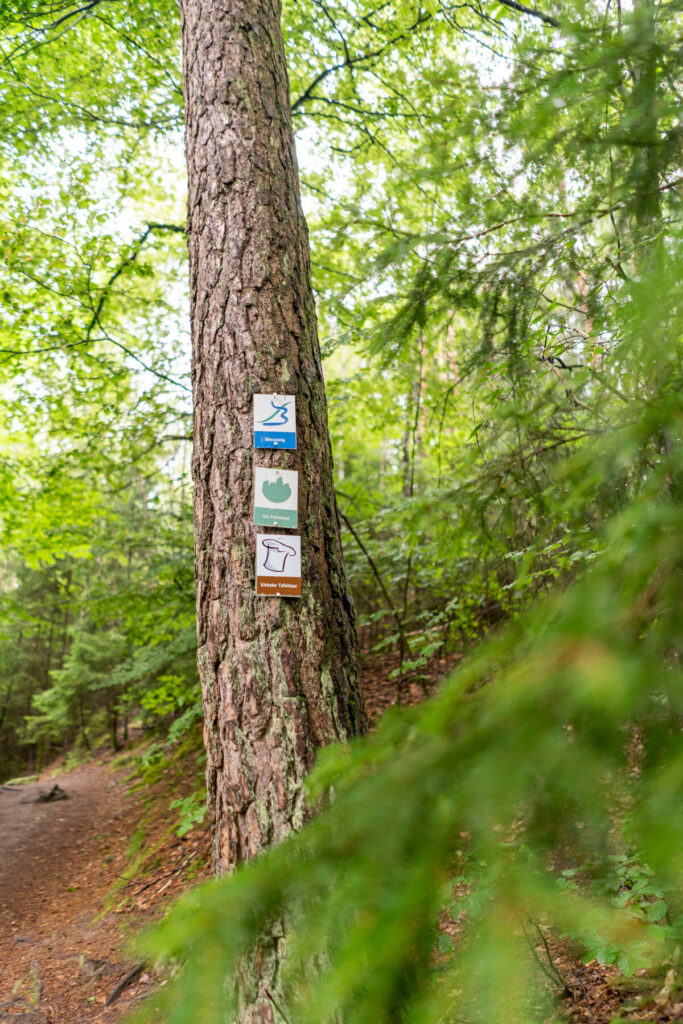
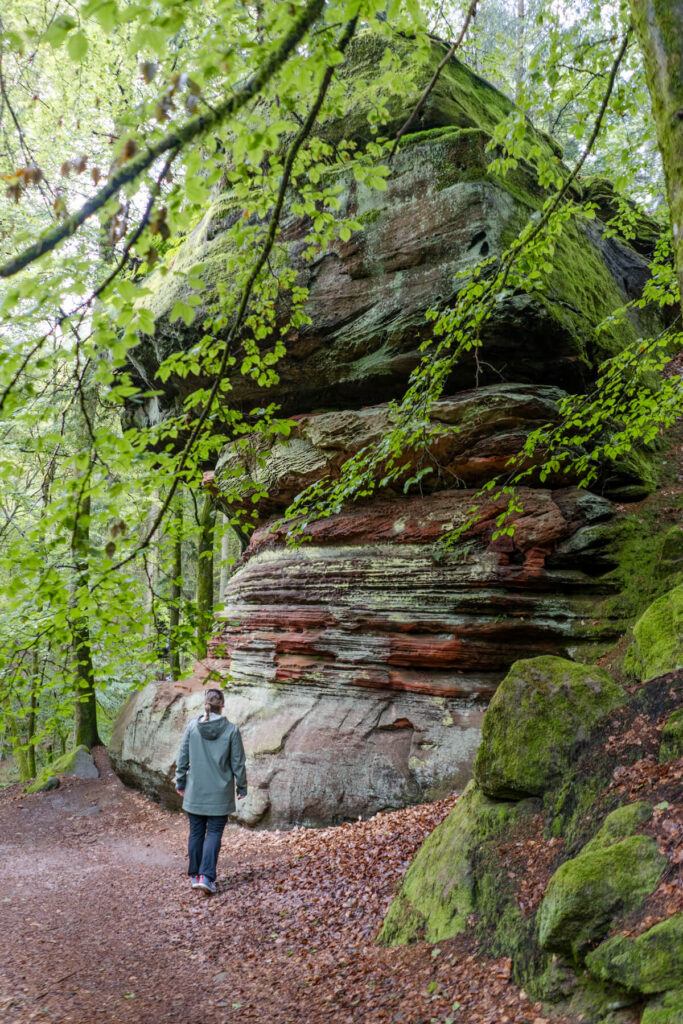
On this hiking route, we discovered impressive and sometimes bizarre sandstone rock formations, pulpits, and caves. Particularly noteworthy is the “Rock Path” section and the Frauenbrunnen fountain, where we were able to take a break in picturesque surroundings. Climbing is even permitted on some of the rocks, but at your own risk, of course.
From the Frauenbrunnen fountain, you can now hike back to the starting point or add the larger loop of the Kirkeler Tafeltour. The last 4 kilometers took us further through the Kirkeler Forest, where we were able to identify numerous different tree species and explore more rocks. After just under 3 hours, we were back at the starting point.
Information about the hike:
- Start/Finish: Parking lot at the Naturfreundehaus in Kirkel
- Best time to go: February to October
- Length: 8.7 kilometers
- Duration: 2.5 to 3 hours
- Difficulty: medium (a few easy climbs)
- Highlights: impressive rocks, caves, Kirkel Castle ruins, mixed forest
- Route: full route on Komoot
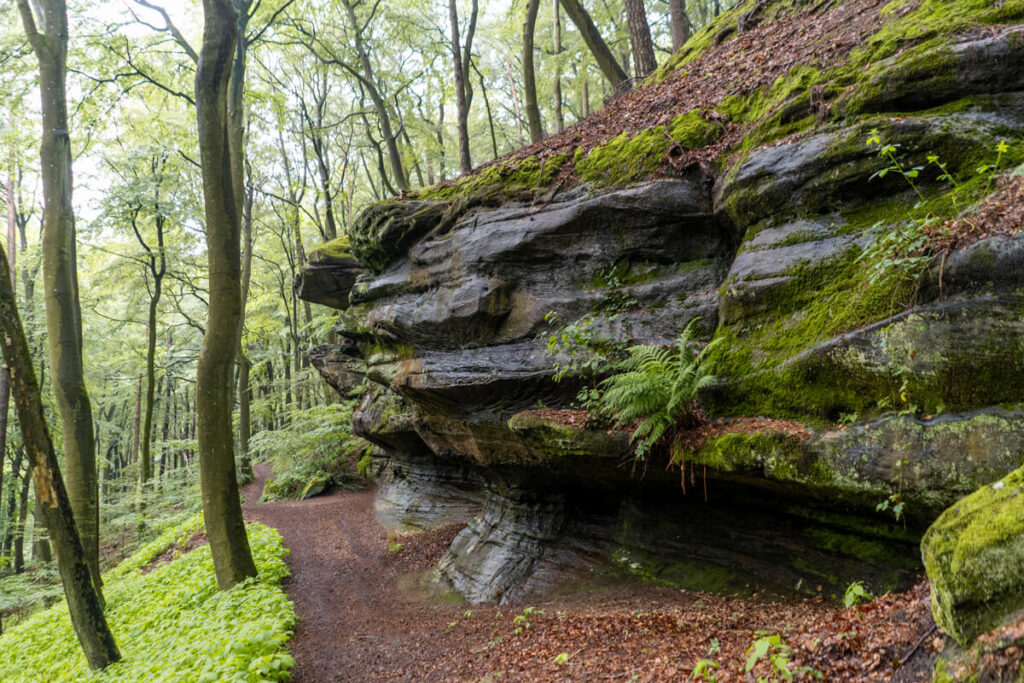
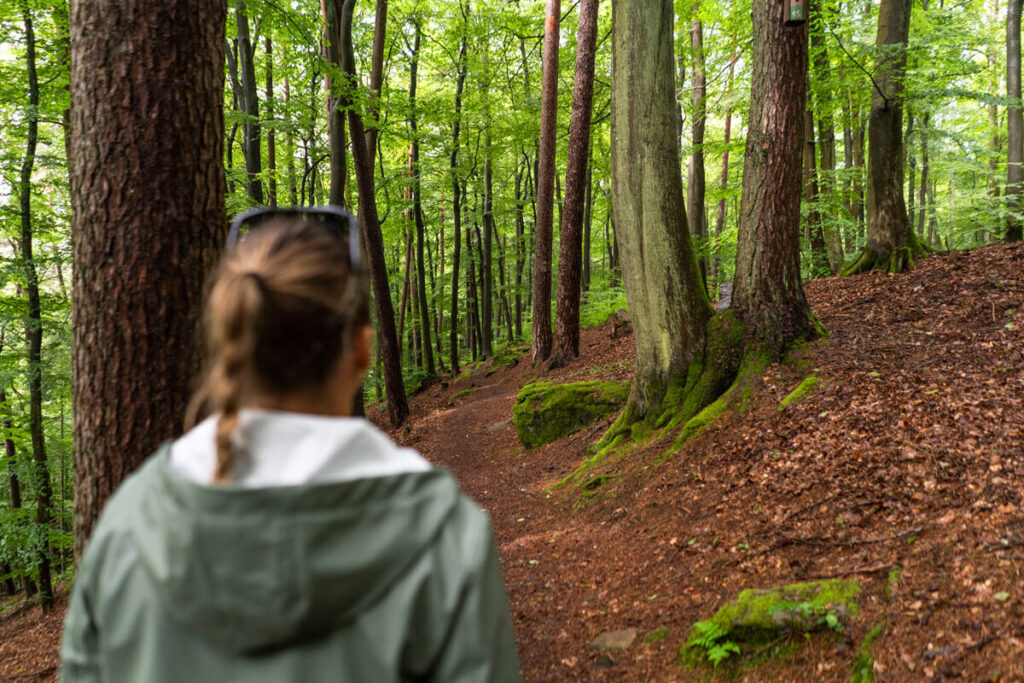
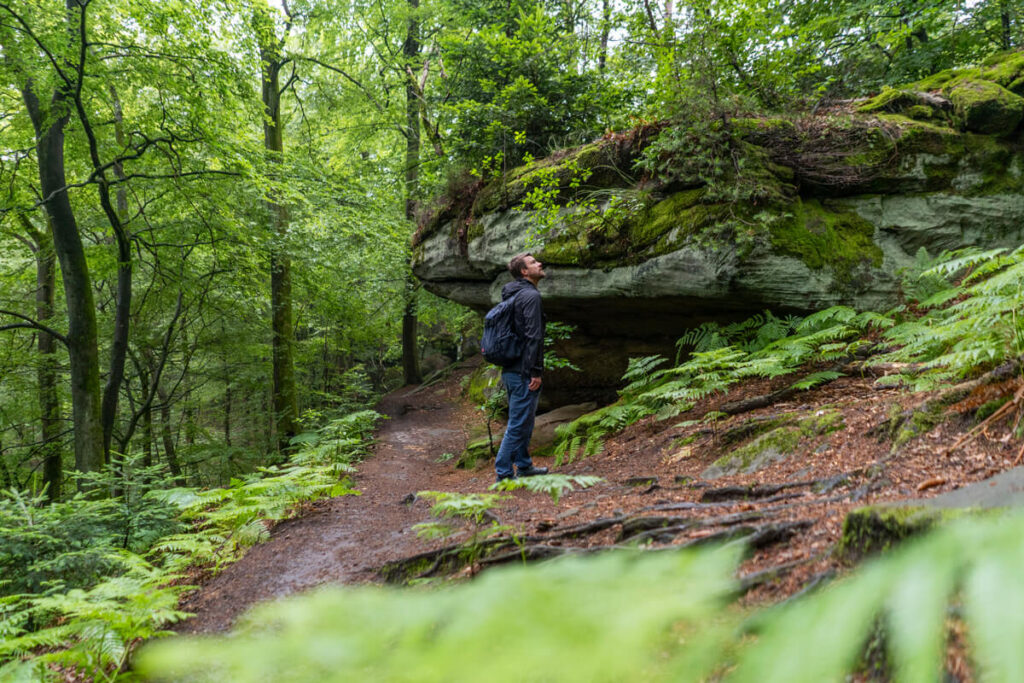
Tip 3: Tour of Blieskastel
After our hike, we visited the town of Blieskastel, which has a population of just under 21,000 and is located in the heart of the biosphere. The old town of Blieskastel is known for its well-preserved Preserved Baroque architecture, including Blieskastel Castle, which has historical roots dating back to the 17th century.
Notable buildings in Blieskastel include the parade ground lined with plane trees, the historic town hall, the old market square with the Napoleon fountain, the castle church, the orangery with its beautiful Baroque garden, and the pilgrimage monastery with the Holy Cross Chapel. You can explore the old town wonderfully on foot.
About 20 minutes from the old town is the so-called Gollenstein. This almost 7-meter-high menhir is one of the largest standing stones in Central Europe and dates back to the Neolithic period. It is located on a hill near Blieskastel and offers a fascinating insight into the region’s prehistoric times.
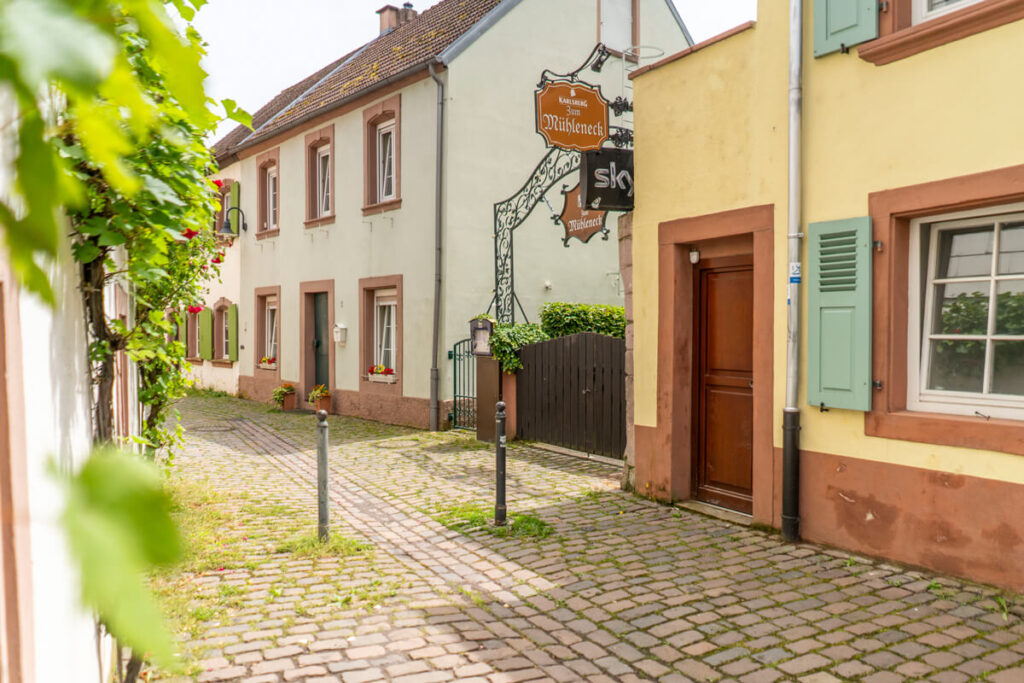
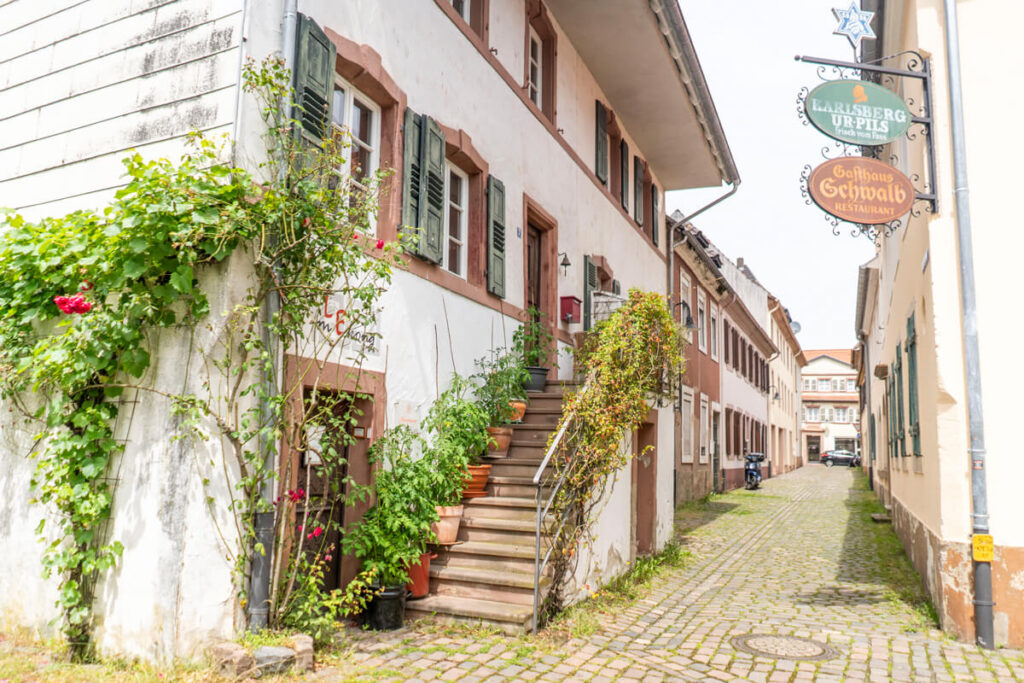
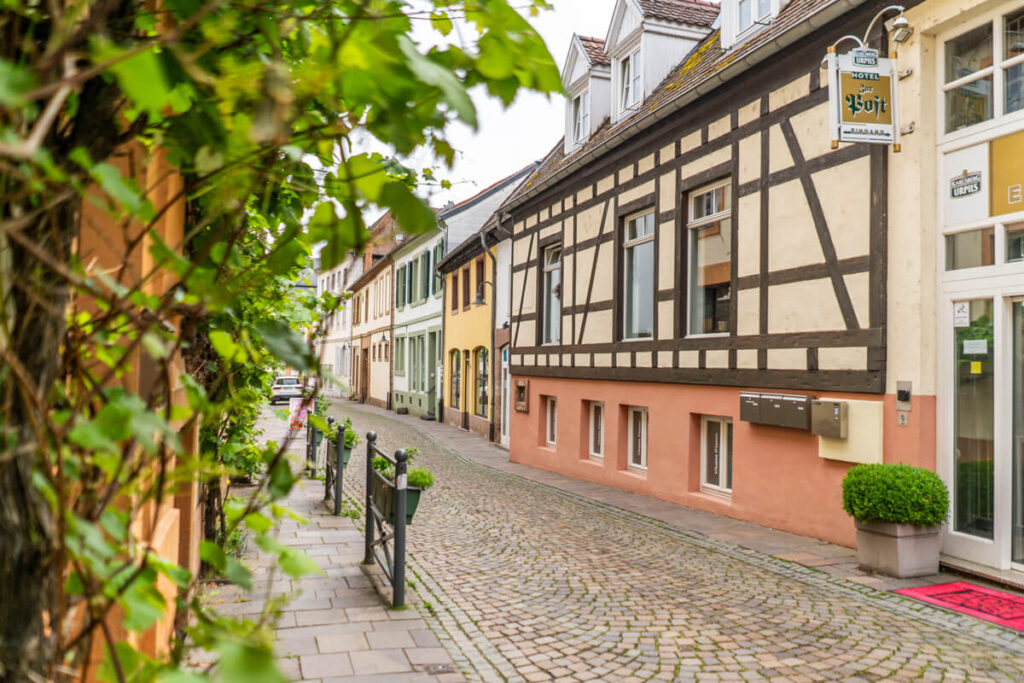
Tip 4: Safari feeling in the Beeden Biotope
Want a little safari feeling? Just 8 km from Kirkel is the artificially created Beeden Biotope. Between extensive meadows, inaccessible In ponds and pools, as well as in floodplain forests, we observed white storks, marsh beavers, herons, ducks, and water buffalo. For a brief moment, we were transported back to our beloved Botswana.
Depending on the season, great egrets, smews, ospreys, cranes, ruffs, wood sandpipers, lapwings, meadow pipits, stonechats, common snipe, and Egyptian geese also rest here. In the nests, we spotted pairs of storks, which repeatedly brought food for their young. They have now become native to Beeden.
We parked our car in the parking lot of the Beeden Sports Club and, next to the viewing platform, descended a small sandy path to the paved road. From there, we could comfortably walk to another viewing platform and watch the animals.
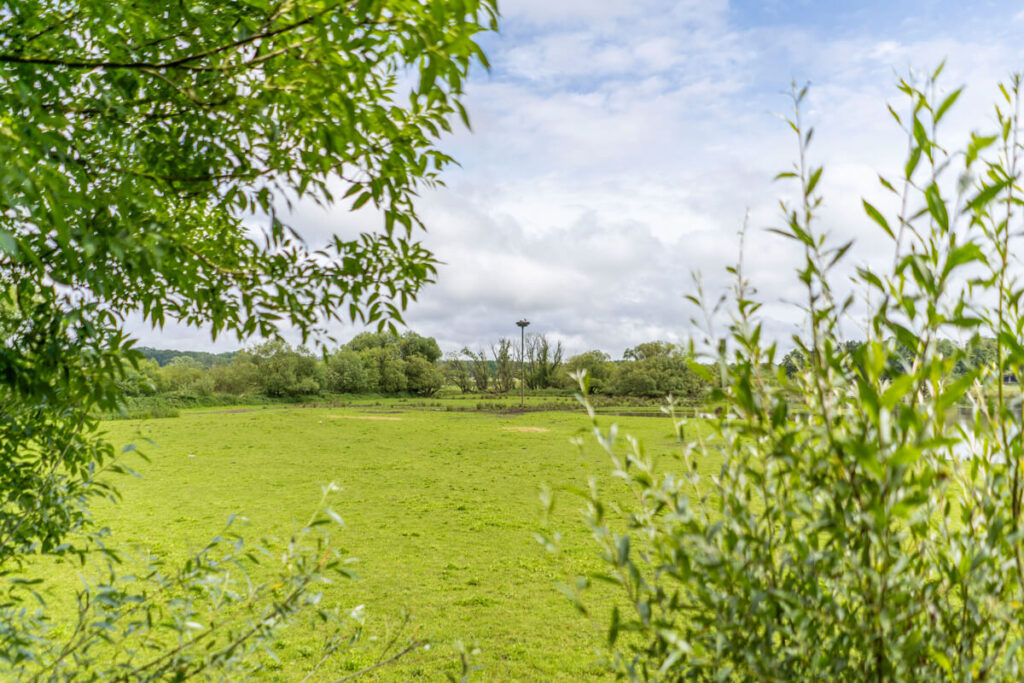
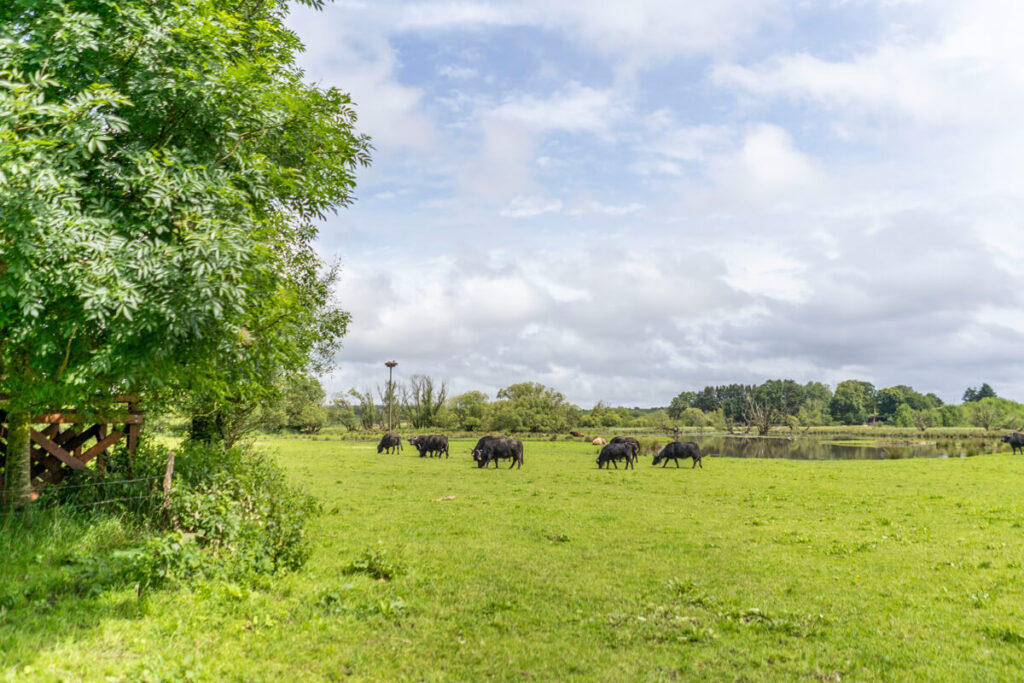
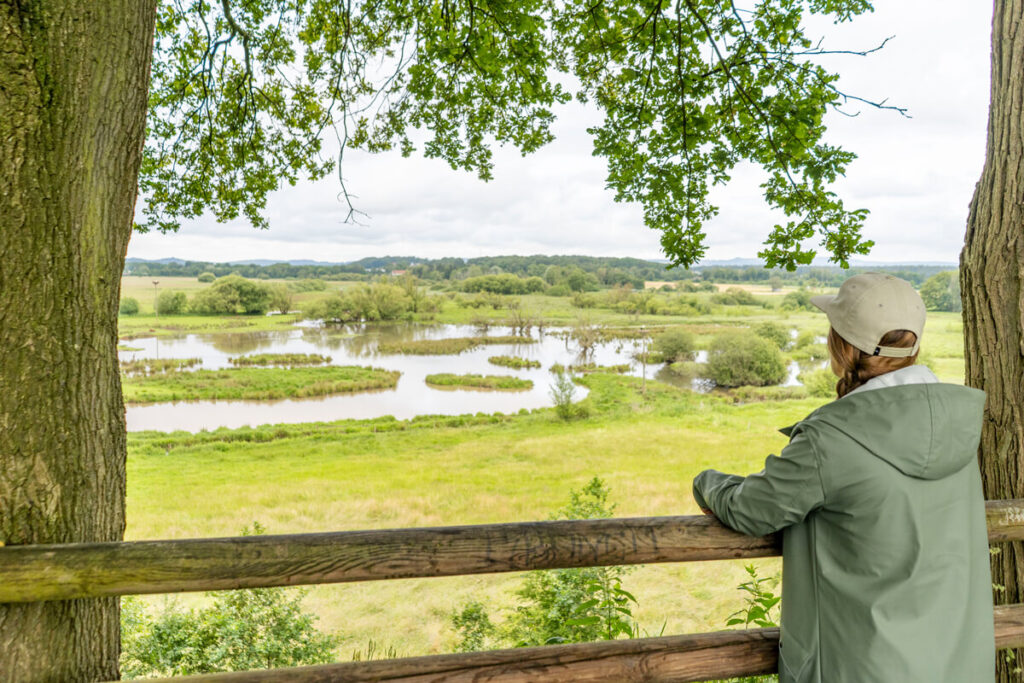
Tip 5: Cycling on the Adebar Cycle Path
Unfortunately, we couldn’t do this cycling tour due to the weather, but we’d still like to introduce it to you. The 24 km long “Adebar Loop” takes you through the Kirkeler Bachtal and the idyllic Bliesauen meadows. Right at the beginning, you cycle past remarkable sandstone formations before you can catch a fantastic view of the ruins of Kirkeler Castle.
The path then leads through the picturesque Mutterbachtal and past the Beeden Biotop. Along the way, you can visit the Schwarzenacker Roman Museum, an open-air archaeological museum. The return to Blieskastel-Lautzkirchen takes a car-free 9 km route through the Blies meadows near Wörschweiler and Bierbach. You can find the detailed tour description here: Adebar Runde.
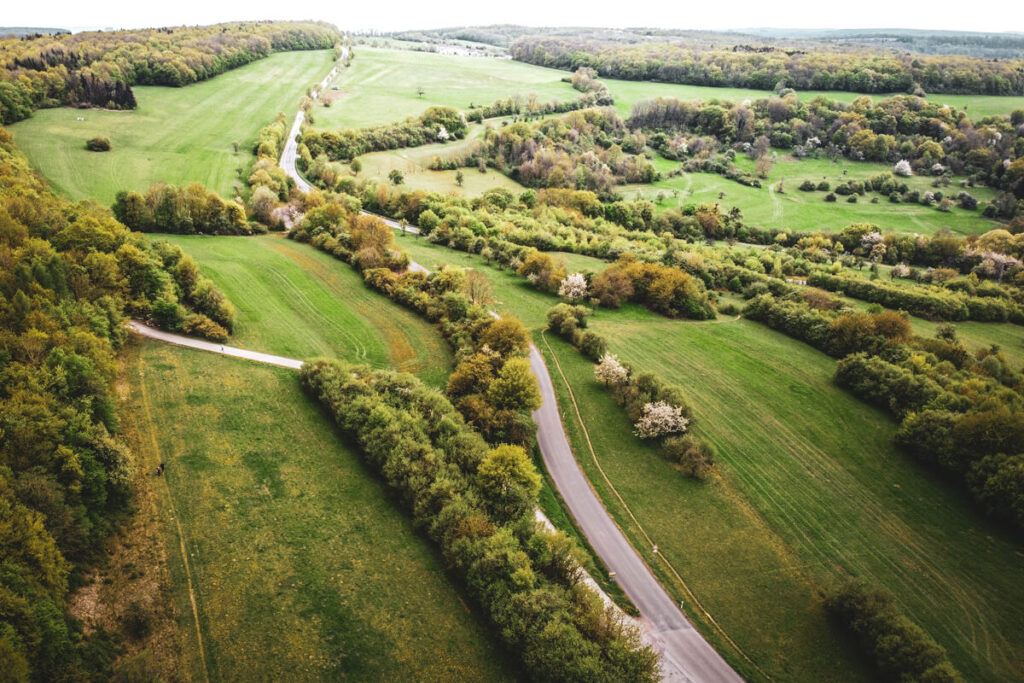
Tip 6: Bliesgau Glamping Resort
Looking for unusual accommodations? The Bliesgau Glamping Resort* is located 16 km south of Saarbrücken on the French border and awaits you with comfortable and, above all, cozy wooden cabins. The “Nature Hotel Rooms” accommodate up to 3 people, are furnished to a high standard, and feature numerous amenities.
Each “wooden egg” features a TV, Wi-Fi, a sink, dishes, a toaster, a coffee machine, a kettle, underfloor heating, air conditioning, and a bathroom with a ceramic toilet, shower, and bathroom accessories. Bed linen, hand and bath towels, and a hairdryer are also provided. We particularly appreciated the small terraces with armchairs and a table.
The interior seating elements with a table can be quickly converted into a double bed measuring 140 x 195 cm (alternatively, two single beds measuring 70 x 195 cm). Dogs are welcome at the glamping resort (€15 per night). Right next door are the Saarland Thermal Spa, the Bliesgau Barn with a summer ice rink, and an adventure golf course.
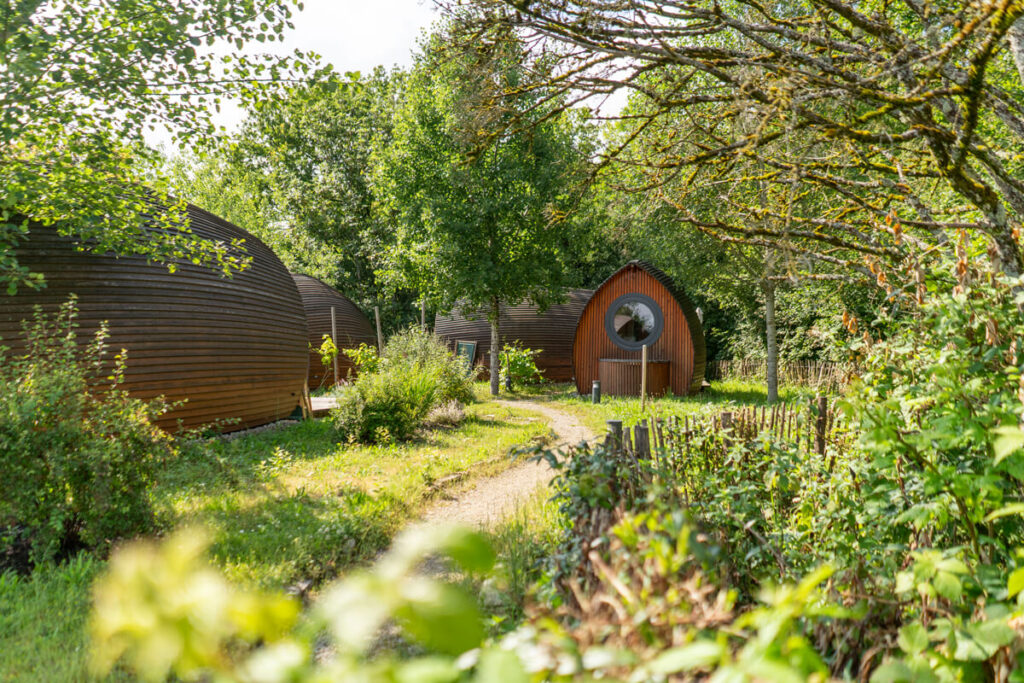
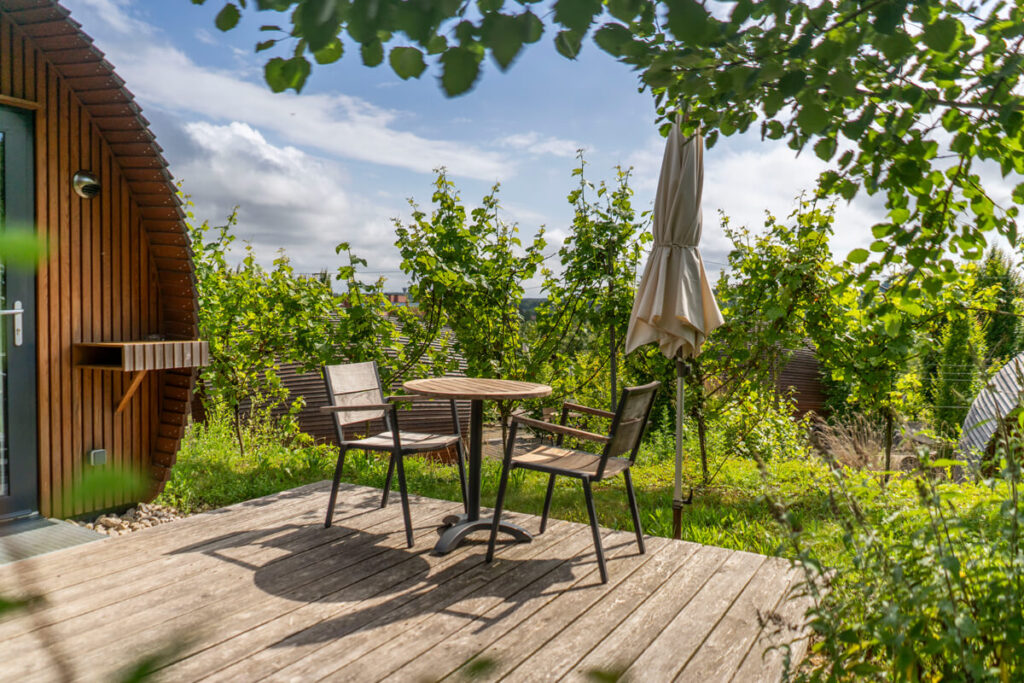
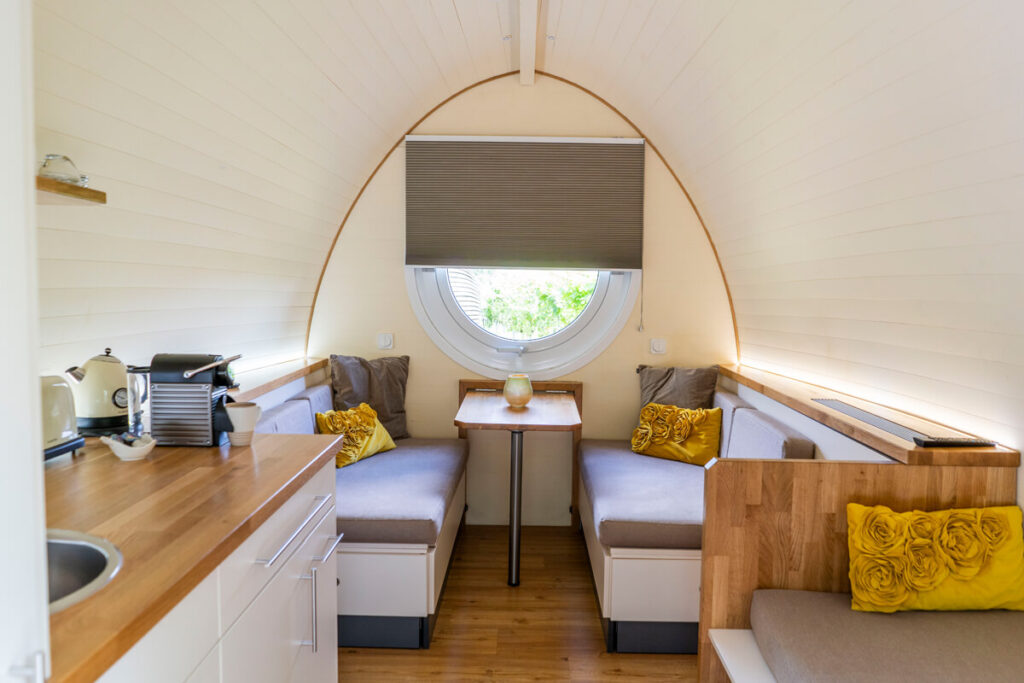
Tip 7: Schlossberg Caves of Homburg
The Schlossberg Caves of Homburg are a popular attraction in Saarland (35,000 visitors per year) and the largest red sandstone cave in Europe. They are located below the ruins of Hohenburg Castle in Homburg and were created by the human extraction of quartz sand in the 17th and 18th centuries, which was probably used for construction and glass production.
The cave extends over several levels and has a total length of approximately 5,000 meters. It consists of numerous corridors and chambers that reach impressive dimensions. The walls of the cave are colored in various shades of red, which is due to the iron oxide deposits in the sandstone.
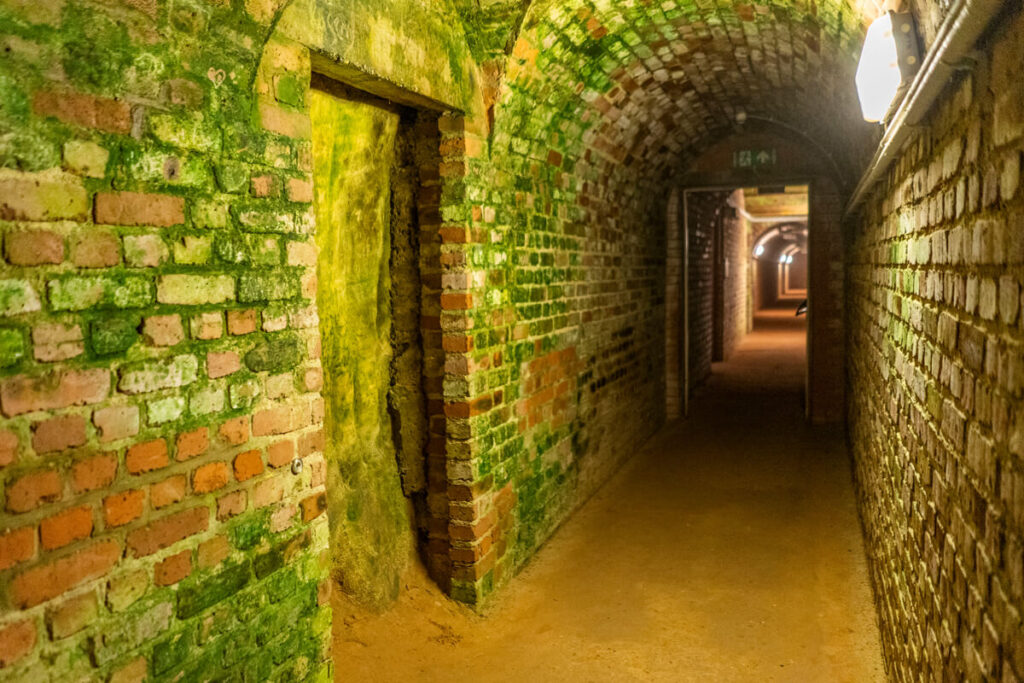
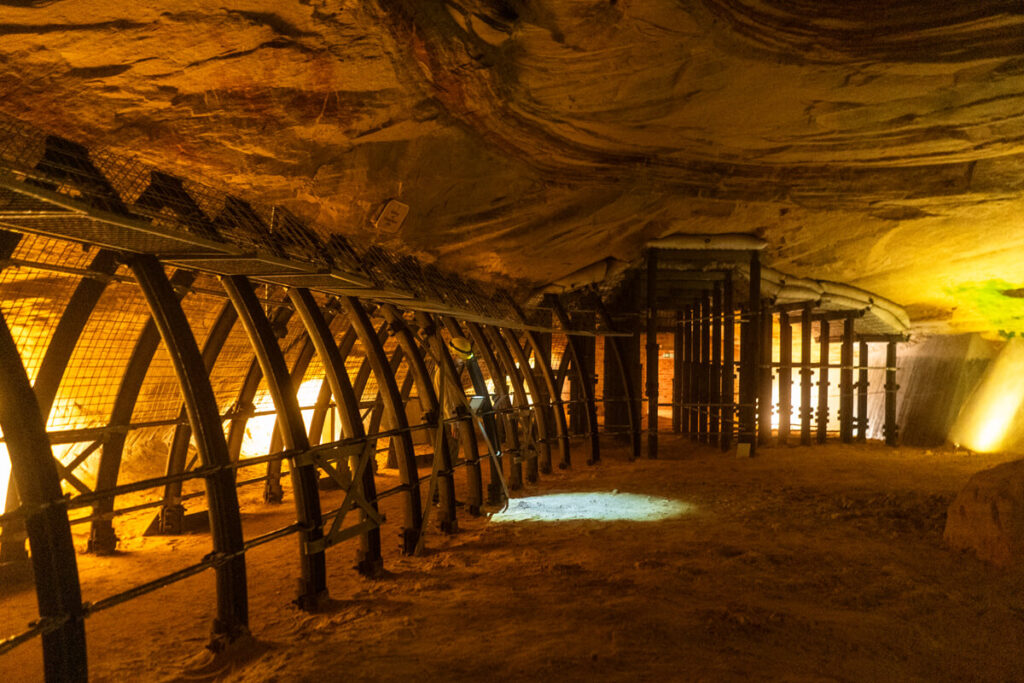
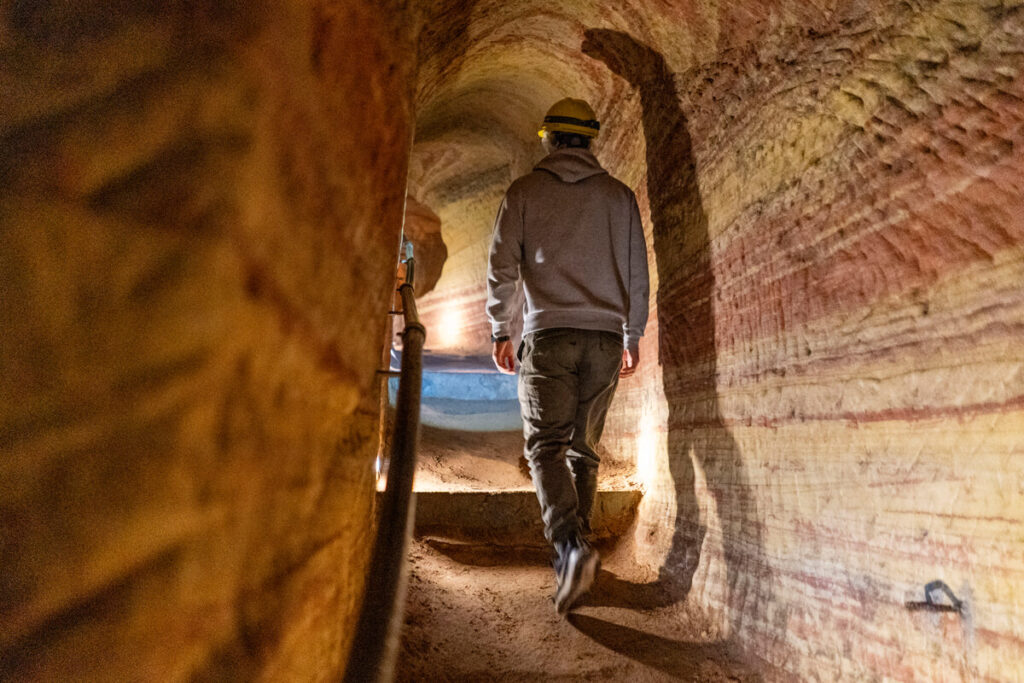
The caves were forgotten for a long time and were only discovered in the 1930s. Rediscovered in the 20th century. During the Second World War, the caves offered the people of Homburg protection from air raids. An adjacent bunker area was set up for the government of the Saar region in the early 1950s.
You can explore the caves on your own on a tour of approximately 800 meters. You should allow about 45 minutes for this. The temperature in the cave is between 8°C and 10°C, and the humidity is between 80% and 100%. Before the tour, you will receive an overview map with all the information about the individual stations, as well as a helmet with a lamp.
General Visitor Information:
- Address: Schlossberg-Höhen-Straße 1, 66424 Homburg (website)
- Opening hours: daily from 9 a.m. to 5 p.m. (summer) | 10 a.m. – 4 p.m. (winter)
- Please note: Closed in December and January!
- Admission prices: Adults €7, students €5, children under 6 free
- Animals: Dogs are allowed
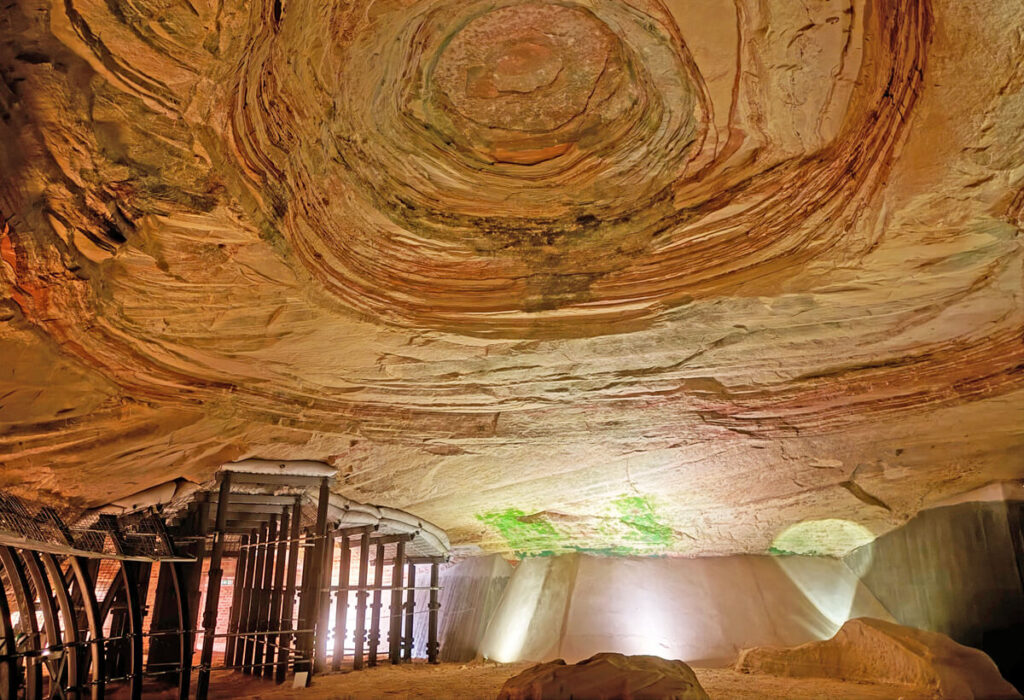
Further activities in the Bliesgau Biosphere Reserve
Of course, there are other activities in the Bliesgau Biosphere Reserve that we don’t want to withhold from you. For example, you can take an exciting alpaca or donkey hike, climb rocks in the Kirkel Forest, or build your own raft with family and friends.
A trip to the Gersheim Orchid Area is also popular, where you can marvel at almost half of the orchid species found in Germany. Stroll along the 2.6 km long orchid trail, which presents the special species at ten stations.
The Bliesbruck-Reinheim European Cultural Park is also worth a visit. The 700,000 m² park includes important archaeological sites dating back to Celtic and Roman times. You can find more information here: European Cultural Park.
Restaurants & Cafés
During our time in the Bliesgau Biosphere Reserve, we naturally also indulged in a little feasting. Below you’ll find a few tips for restaurants and cafés. Do you know of any other good establishments? Let us know in the comments.
Bliesgau Scheune: Right next to the Glamping Resort is the Bliesgau Scheune, where you can order hearty dishes like schnitzel and burgers, as well as salads, Brizza, and tarte flambée. For those with a sweet tooth, there’s also ice cream, chocolate cake, and apple strudel.
Pizzeria Da Giovanni: If you’re staying at the Glamping Resort, we can recommend Pizzeria Da Giovanni. It’s just a few minutes’ drive from the resort. The pizzas are truly delicious!
Landgasthaus Wintringer Hof: Here you’ll be served high-quality dishes of the highest standard. The food is prepared with great attention to detail.
Lenert Bakery in Blieskastel: While strolling through Blieskastel, we discovered the Lenert Bakery and enjoyed delicious strawberry cake and a great espresso.
Ennie’s Deli & More in Homburg: A super cute café with an outdoor area and great dishes. We ordered the strawberry pancakes, smoothies, and farmer’s bread with herb scrambled eggs, among other things. The coffee is delicious, too!
Seasonal Café:This café is open every Saturday from 10 a.m. to 2 p.m. A wonderful breakfast package was delivered to the resort. The café is intended to be cozy and authentic.
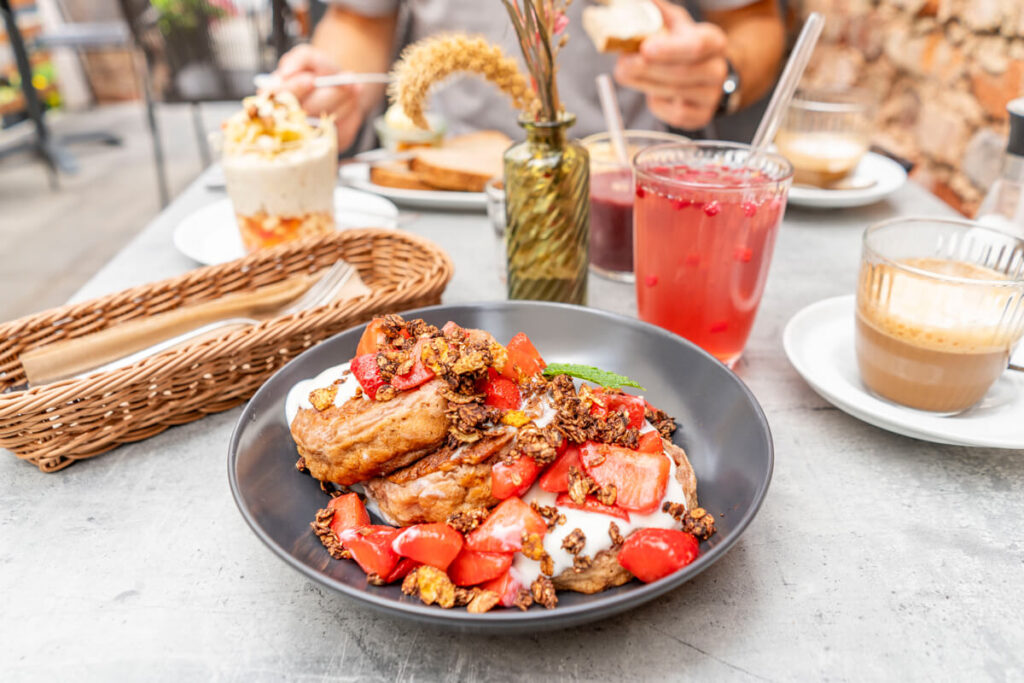
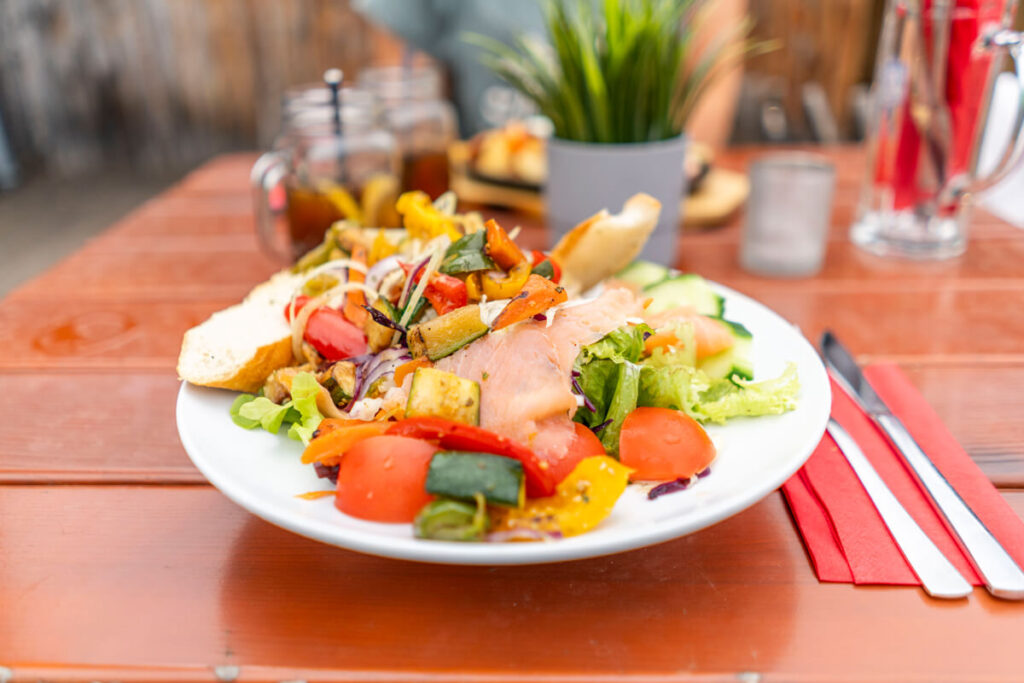
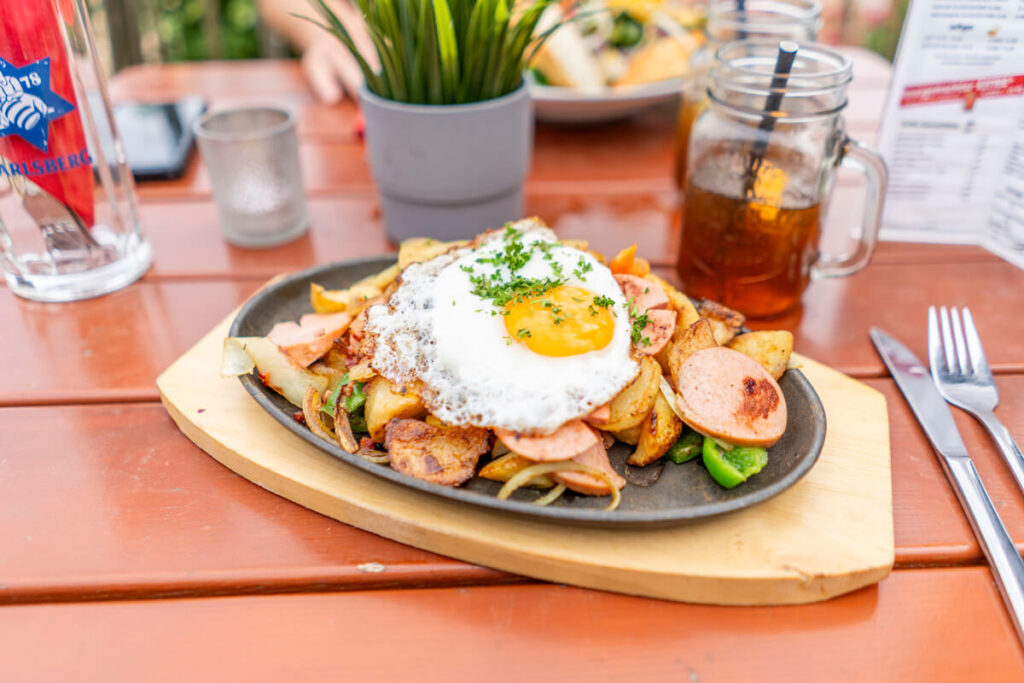
Saarland Card
Did you know that you get the Saarland Card for free if you stay at least 2 nights? With this card, you not only get free use of buses and trains, but also access to over 100 attractions. The Bliesgau Glamping Resort is a partner of the Saarland Card (download fold-out map).
Free highlights for the biosphere include:
- Free entry to the Kleinblittersdorf outdoor swimming pool
- Free entry to the Walsheim outdoor swimming pool
- Guided hike through the vineyards
- Canoe tour on the Blies (provider: Aventura)
- Free entry to the European Cultural Park
- Free entry to the Blieskastel Clock Museum
- Free hot drink at the Lenert Bakery in Blieskastel
- Free entry to the Blieskastel indoor swimming pool
- Free participation in a guided city tour in Blieskastel
- Free entry to the Schlossberg caves in Homburg
- Free entry to the Schwarzenacker Roman Museum
- and much more!
Conclusion
The The Bliesgau Biosphere Reserve is an ideal holiday destination for nature lovers and those seeking relaxation. The diverse landscape, characterized by rolling hills, extensive orchards, and ancient beech forests, invites you to varied hikes and bike rides.
In the various habitats, you can explore a rich flora and fauna, including numerous rare and protected species. Furthermore, the Bliesgau Biosphere Reserve skillfully combines nature conservation and recreation, thus earning the title of “Germany’s most sustainable travel destination” not without reason.